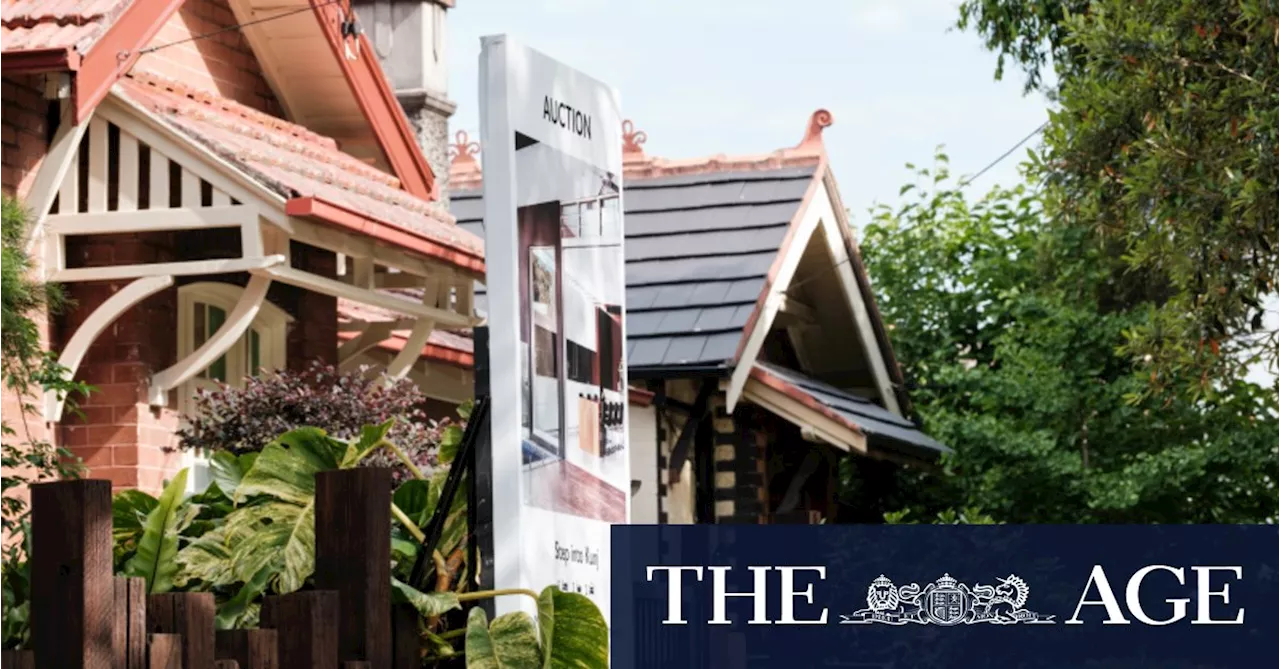While the meteoric rise in rents has shown signs of abating, providing a sliver of relief for renters grappling with affordability, rents remain at unsustainable levels. Despite the slowdown, a median-income renter would still dedicate 33 percent of their pre-tax income to rent, highlighting the ongoing housing crisis. Experts attribute the deceleration to various factors, including normalized overseas migration, increased investor participation, and a shift in household size.
The rapid escalation of rent prices has shown signs of slowing, offering a glimmer of hope for financially strained renters. However, rents remain at unaffordable levels following years of substantial growth. A renter with a median household income would currently need to dedicate 33 percent of their pre-tax income to rent a median home, the highest percentage on record.According to CoreLogic data, the national median rent increased by 4.8 percent over 2024, a deceleration compared to the 8.
1 percent surge in the previous year and the 9.5 percent jump in 2022. Rents experienced a significant spike after major cities reopened, as renters returned to workplaces and universities, often seeking independent accommodation after a period of remote work that led to many bedrooms being transformed into home offices. This surge suggests that the peak of the recent rental boom has passed, according to the research house. Rents rose by a mere 0.4 percent in the December quarter, the lowest increase since 2018.In major cities, rent movements have reversed. Sydney's median rent declined by 0.2 percent, while Melbourne's saw a 0.5 percent dip in the December quarter. However, CoreLogic economist Kaytlin Ezzy emphasizes that rental fluctuations are seasonal, and these cities are likely to witness increases again during the busy March quarter when many tenants relocate. She attributes the slowdown to several factors: a normalization in overseas migration, an increase in investor participation, which has contributed to a rise in rental properties available, and a rise in average household size as home offices revert to bedrooms, and tenants cohabitate to manage expenses.'In Sydney and Melbourne, we are starting to see a bit of a downtick in rental values, so that does suggest they've moved past the peak and the worst of those rising rents,' she said. 'Since the onset of COVID... Sydney and Melbourne have risen by 30.7 percent and 25.9 percent respectively.' She adds that Brisbane, Perth, and Adelaide rents have experienced growth in the last quarter and some of the largest increases in the past five years. Perth rents are currently 61.8 percent higher than they were at the start of the pandemic.The slower rent growth is expected to contribute to a deceleration in inflation, potentially paving the way for interest rate reductions. This could provide some relief to tenants by making homeownership more attainable. However, experts caution that while these signs are positive, it's premature to declare victory. 'It's really good to see these as positive early signs of a trend we want to see continue, but it's not time to put up the 'mission accomplished' banner,' said Dignam. He stressed that small decreases are insufficient to alleviate the damage caused by the rental crisis. 'Rents are still so expensive you're not really giving people breathing room,' he said. He expressed concern that the median household would face housing stress—paying more than 30 percent of their income on housing—to rent the median home.'That's much higher than it's been in the past and many more people are finding rent taking up more of their income,' he said. 'That average is composed of people who are spending much more than their 33 percent of their income on rent.' Despite the challenges, tenants can anticipate some improvements in market conditions. 'What we will see is at the application stage there's less competition, and that rent bidding pressure that renters are feeling is lightening a little bit,' said Dignam.'For renters who are in a tenancy, it also gives them more options to exercise their rights to feel a bit more comfortable speaking up.' He believes that the current easing rental market presents a favorable opportunity to strengthen renter protections. 'We saw this national conversation about what can we do about this problem when it was at its worst. It's important to remember that that need doesn't go away and the best time to strengthen protections is when there's less political resistance. 'It will be a lot easier politically to do that when landlords aren't missing out on the opportunity to pop off a 20 percent rent increase.'Tenants' agents have observed a stabilization in asking rents but note a decline in the quality of rental properties available. Sarah Elkordi, founder and director of The Rent Fairy, has observed a discrepancy between online listings and the actual condition of properties. 'Online they look fantastic and you go in there and you’re thinking, for $900 a week it’s going to be immaculate,' she said. 'And it needs work, and it needs renovating and there’s mould.'She has noticed that open inspections are busier for larger houses that accommodate housemates, allowing tenants to share costs and reduce individual expenses. Conversely, one- to two-bedroom unit inspections have become quieter. Elkordi reports that potential tenants are increasingly willing to pay upfront rent, and properties are often leased after a single inspection
RENT HOUSING INFLATION INTEREST RATES TENANTS LANDLORDS MARKET CONDITIONS AUSTRALIA
Australia Latest News, Australia Headlines
Similar News:You can also read news stories similar to this one that we have collected from other news sources.
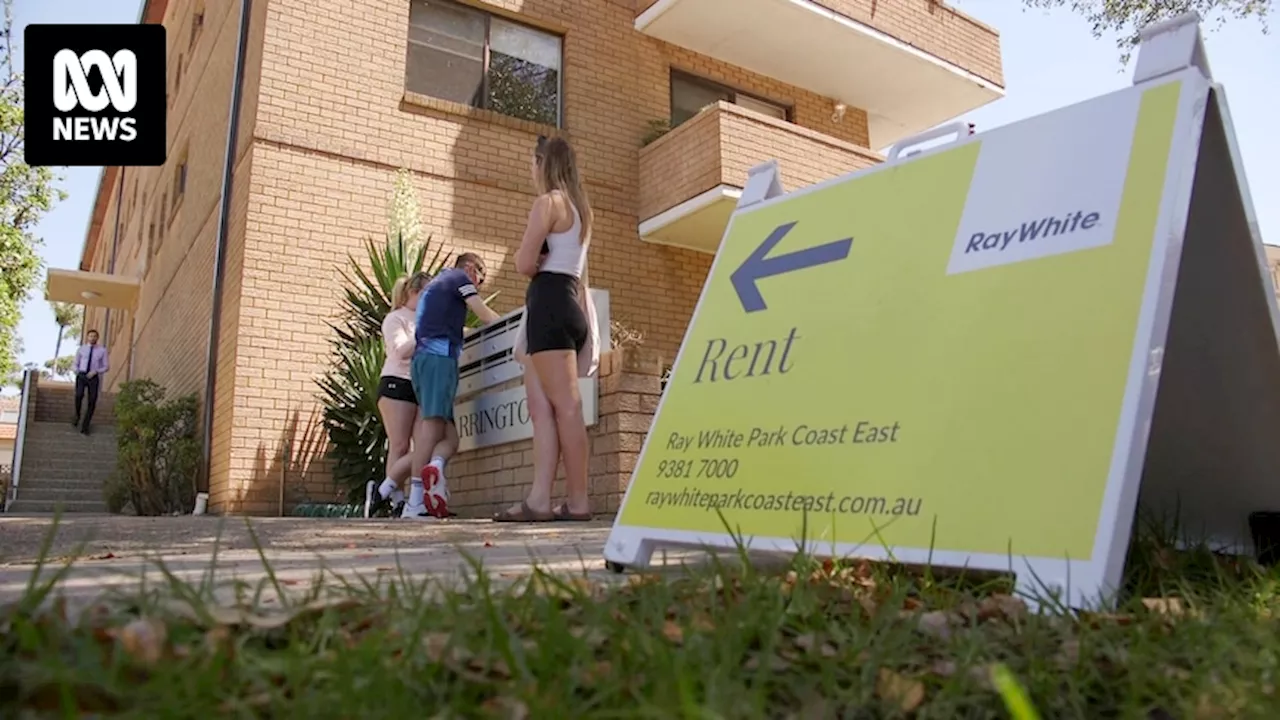 Australian Rent Growth Slows, Offering Relief to RentersRent prices in Australia slowed their growth in 2024, offering some relief to renters after a period of sharp increases. The national growth rate was 4.8%, the slowest since 2021. This slowdown is attributed to factors such as easing overseas migration and a shift towards larger households.
Australian Rent Growth Slows, Offering Relief to RentersRent prices in Australia slowed their growth in 2024, offering some relief to renters after a period of sharp increases. The national growth rate was 4.8%, the slowest since 2021. This slowdown is attributed to factors such as easing overseas migration and a shift towards larger households.
Read more »
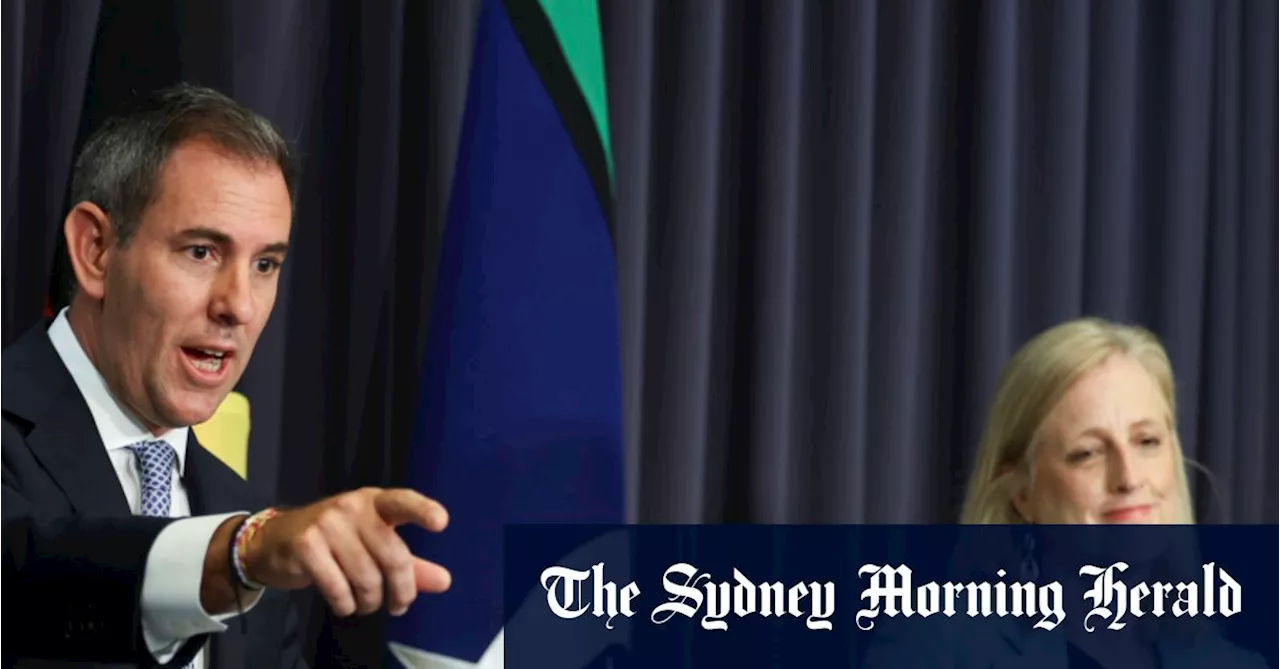 Australia's Economic Outlook: Deficit Looms, Growth SlowsThe Australian government predicts a years-long deficit and anticipates slower economic growth in the coming years. The mid-year budget update reveals tempered expectations for key measures like GDP, household consumption, and wages growth.
Australia's Economic Outlook: Deficit Looms, Growth SlowsThe Australian government predicts a years-long deficit and anticipates slower economic growth in the coming years. The mid-year budget update reveals tempered expectations for key measures like GDP, household consumption, and wages growth.
Read more »
 Australia's Property Values Decline as Growth SlowsAustralia's property values experienced their first monthly fall in two years in December, with Sydney and Melbourne leading the decline. While annual growth was still positive, CoreLogic data indicates that home value growth has likely peaked. National values dipped 0.1 percent in December, driven by falls in major cities. Rental conditions also eased, with the national rental index rising only slightly.
Australia's Property Values Decline as Growth SlowsAustralia's property values experienced their first monthly fall in two years in December, with Sydney and Melbourne leading the decline. While annual growth was still positive, CoreLogic data indicates that home value growth has likely peaked. National values dipped 0.1 percent in December, driven by falls in major cities. Rental conditions also eased, with the national rental index rising only slightly.
Read more »
 Aussie EV Sales Continue Climb, Though Growth SlowsAustralia saw a continued increase in electric vehicle (EV) sales in 2024, reaching 91,292 units. Despite this growth, the rate of increase slowed compared to 2023. Tesla, while still dominating the market, faced increased competition, with BYD making significant strides.
Aussie EV Sales Continue Climb, Though Growth SlowsAustralia saw a continued increase in electric vehicle (EV) sales in 2024, reaching 91,292 units. Despite this growth, the rate of increase slowed compared to 2023. Tesla, while still dominating the market, faced increased competition, with BYD making significant strides.
Read more »
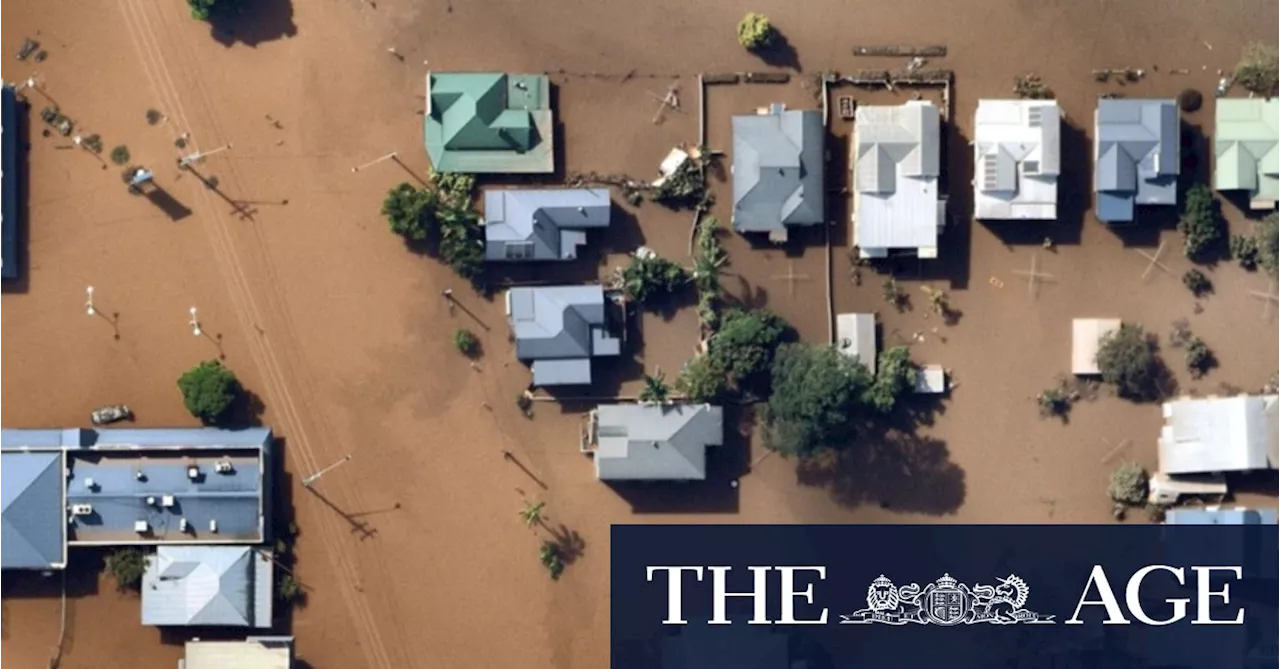 Bonanza for insurance stocks tipped to cool as premium growth slowsInvestors in insurance giants made bumper returns in 2024. But analysts say conditions will be less favourable this year as the pace of price rises slows.
Bonanza for insurance stocks tipped to cool as premium growth slowsInvestors in insurance giants made bumper returns in 2024. But analysts say conditions will be less favourable this year as the pace of price rises slows.
Read more »
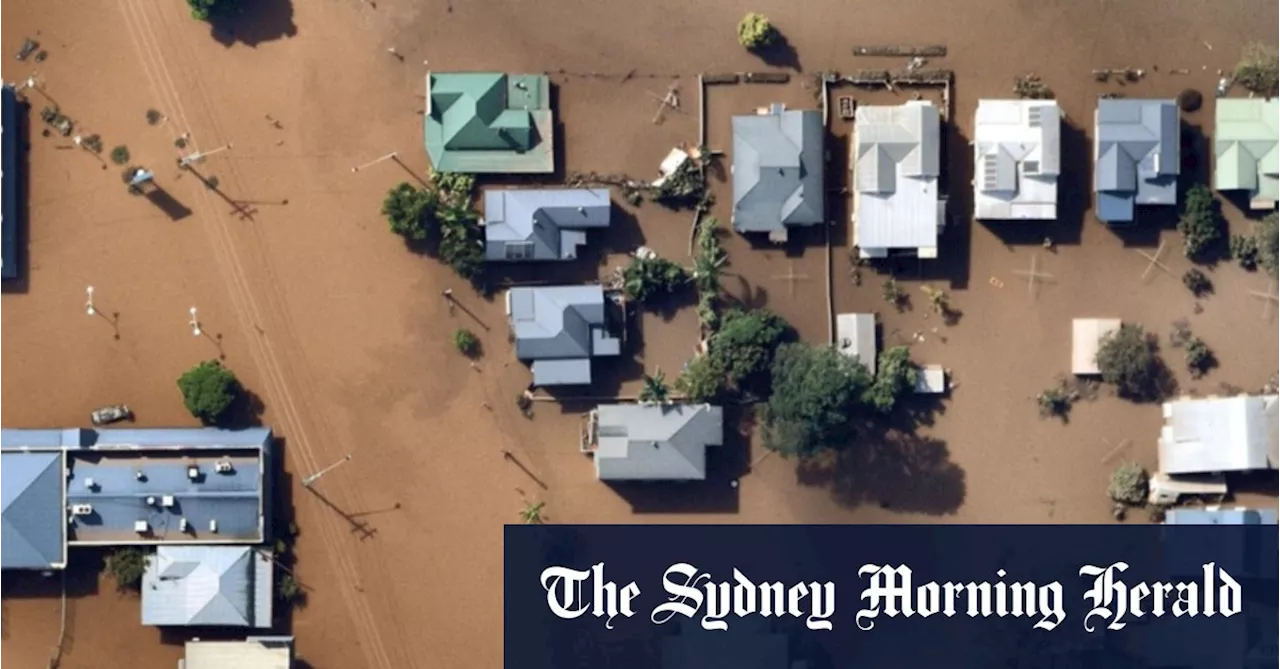 Bonanza for insurance stocks tipped to cool as premium growth slowsInvestors in insurance giants made bumper returns in 2024. But analysts say conditions will be less favourable this year as the pace of price rises slows.
Bonanza for insurance stocks tipped to cool as premium growth slowsInvestors in insurance giants made bumper returns in 2024. But analysts say conditions will be less favourable this year as the pace of price rises slows.
Read more »
